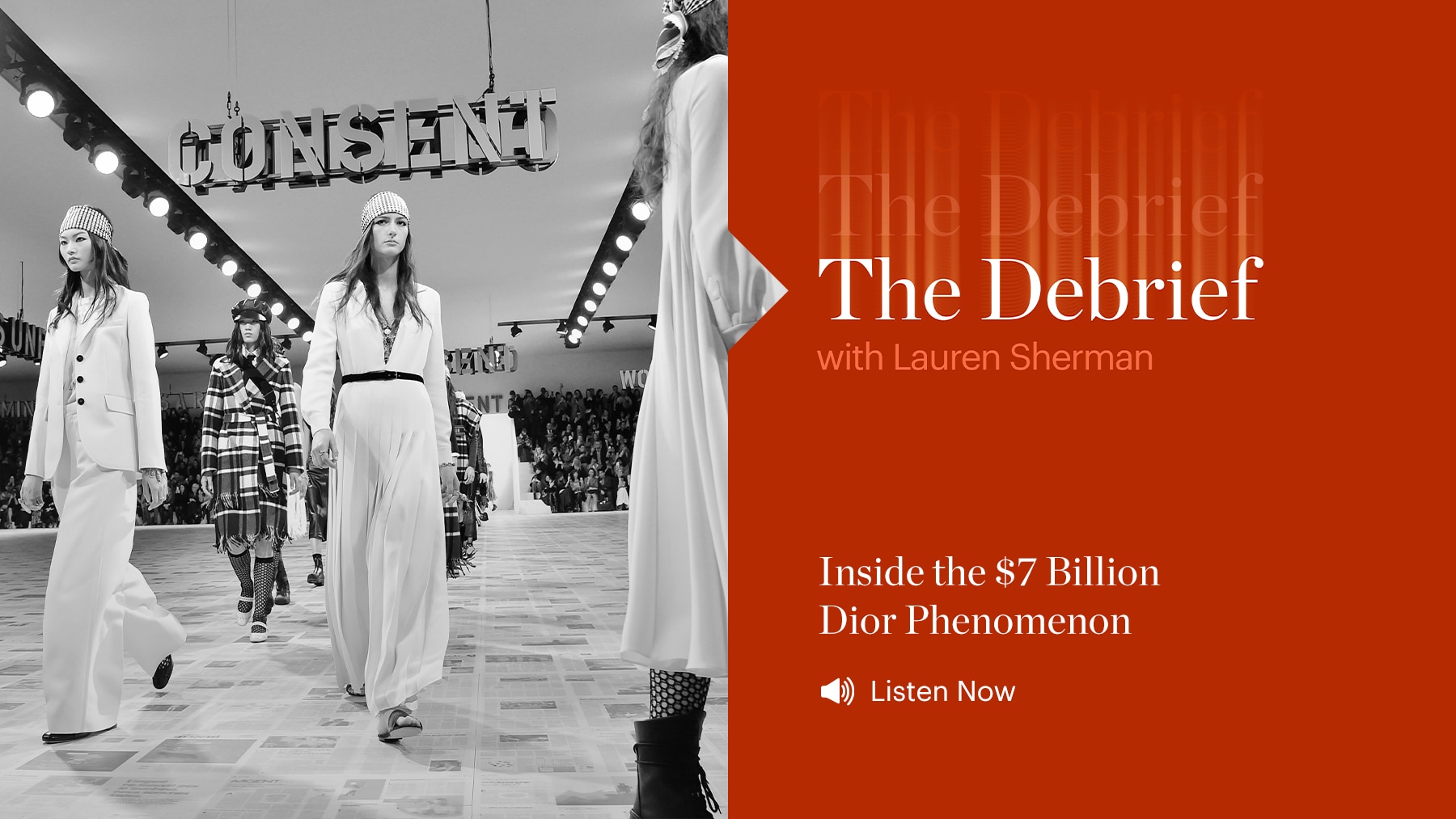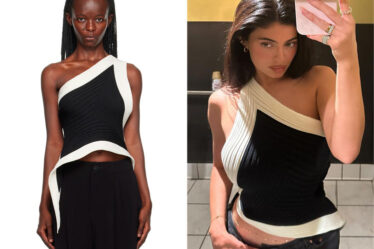
Follow The Debrief wherever you listen to podcasts.
In 1947, months after being founded, Christian Dior Couture revolutionised dressing with its “New Look,” an exaggerated hourglass-shaped silhouette. In the ‘80s, the then-withering brand was bought by entrepreneur Bernard Arnault, who would eventually transform it into one of the largest luxury labels in the world. In 2017, when LVMH — of which Arnault is chief executive and chairman — took full control of the house, Dior transformed into one of fashion’s fastest-growing and most profitable labels — with estimated revenues of €6.6 billion.
“[LVMH] just said ‘We need to … do what it will take to get this business on the scale of these really big brands like Gucci, Louis Vuitton and Chanel,’” said BoF luxury editor Robert Williams.
- More than a decade after buying Dior, Arnault hired designer John Galliano — who introduced the Lady Dior bag — and appointed executive Sidney Toledano (now CEO of LVMH fashion group) to refashion Dior as a modern luxury brand.
- While Galliano and Toledano fully cemented Dior as a global fashion and leather goods player with a robust beauty business over their 15-year partnership, the brand entered a new phase in 2017, when Arnault moved Dior from his personal holdings to LVMH.
- New CEO Pietro Baccari hired designers Maria Grazia Chiuri and Kim Jones to head up women’s and men’s, respectively, following a series of creative directors — including Raf Simons — that helmed the house after Galliano’s complicated exit in 2011.
- Dior has found success post-pandemic as the result of a communications and product overhaul, spotlighting couture craftsmanship on its runways and opening e-commerce and immersive flagships.
- Dior’s positioning between Gucci and Chanel in terms of classic vs. edgy aesthetic — and most importantly, price — is a hit with consumers
- The brand’s beauty and fashion lines are segmented, but the brand is slowly starting to connect the two to power the business further.
- Dior’s total control over its brand — where it only sells through its channels, doesn’t discount and isn’t separated out on LVMH’s balance sheet — allows it to protect itself from investor demands and excess-product risk.



